Bryan Tower
MS MARCO Web Search: a Large-scale Information-rich Web Dataset with Millions of Real Click Labels
May 13, 2024
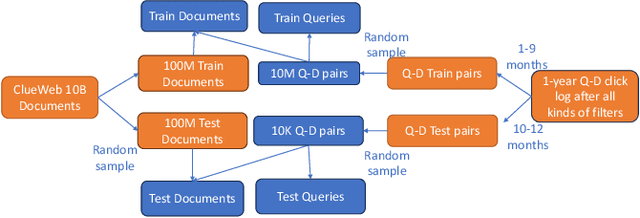
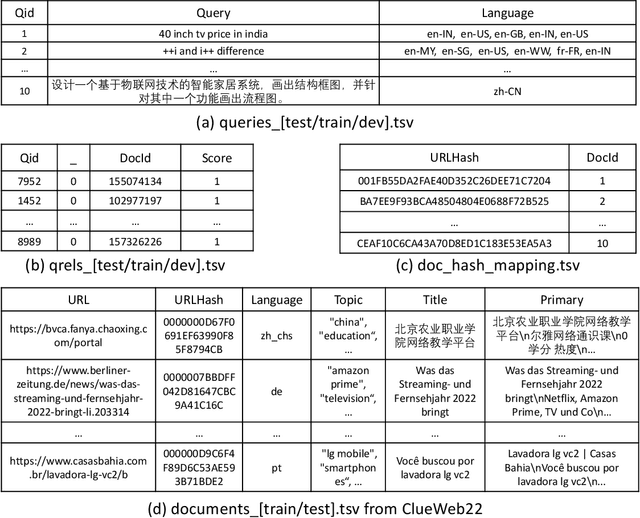
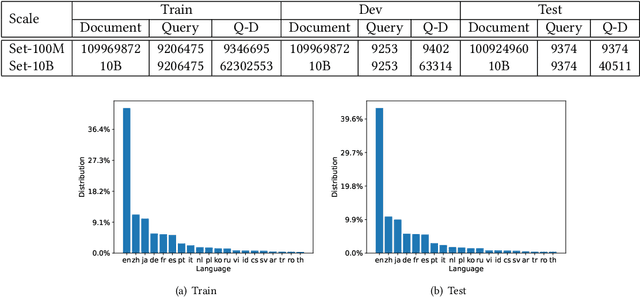
Abstract:Recent breakthroughs in large models have highlighted the critical significance of data scale, labels and modals. In this paper, we introduce MS MARCO Web Search, the first large-scale information-rich web dataset, featuring millions of real clicked query-document labels. This dataset closely mimics real-world web document and query distribution, provides rich information for various kinds of downstream tasks and encourages research in various areas, such as generic end-to-end neural indexer models, generic embedding models, and next generation information access system with large language models. MS MARCO Web Search offers a retrieval benchmark with three web retrieval challenge tasks that demand innovations in both machine learning and information retrieval system research domains. As the first dataset that meets large, real and rich data requirements, MS MARCO Web Search paves the way for future advancements in AI and system research. MS MARCO Web Search dataset is available at: https://github.com/microsoft/MS-MARCO-Web-Search.
Learning without gradient descent encoded by the dynamics of a neurobiological model
Mar 23, 2021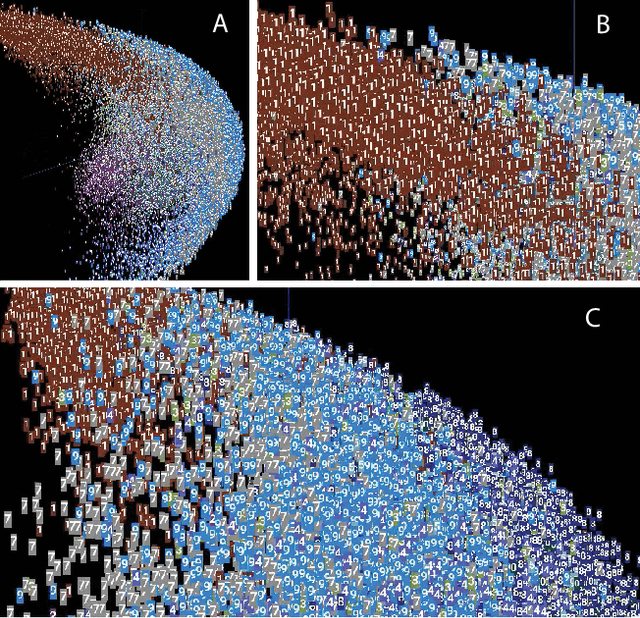
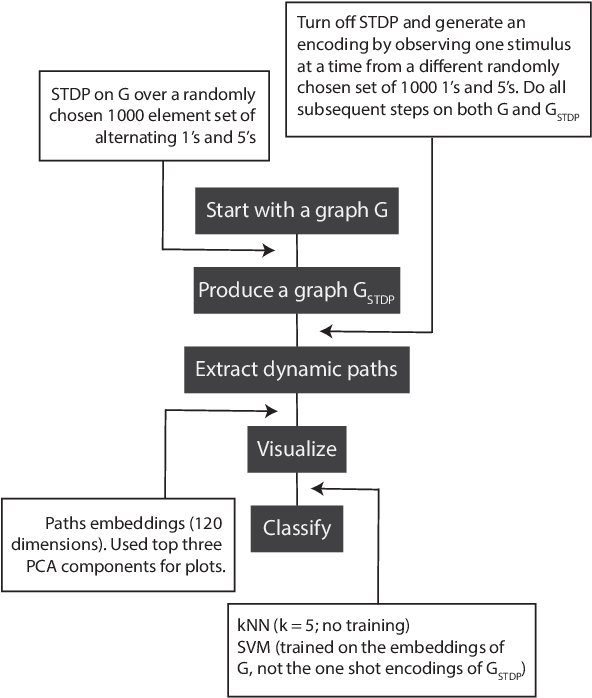
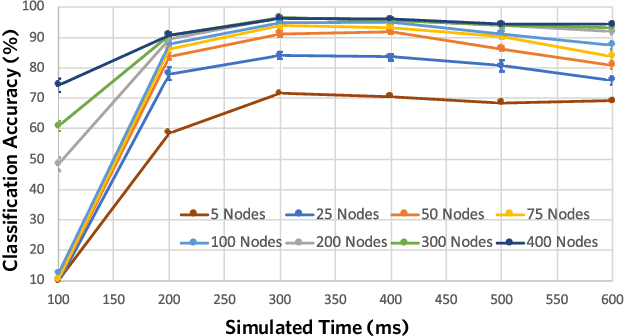
Abstract:The success of state-of-the-art machine learning is essentially all based on different variations of gradient descent algorithms that minimize some version of a cost or loss function. A fundamental limitation, however, is the need to train these systems in either supervised or unsupervised ways by exposing them to typically large numbers of training examples. Here, we introduce a fundamentally novel conceptual approach to machine learning that takes advantage of a neurobiologically derived model of dynamic signaling, constrained by the geometric structure of a network. We show that MNIST images can be uniquely encoded and classified by the dynamics of geometric networks with nearly state-of-the-art accuracy in an unsupervised way, and without the need for any training.
A general approach to progressive learning
Apr 28, 2020



Abstract:In biological learning, data is used to improve performance on the task at hand, while simultaneously improving performance on both previously encountered tasks and as yet unconsidered future tasks. In contrast, classical machine learning starts from a blank slate, or tabula rasa, using data only for the single task at hand. While typical transfer learning algorithms can improve performance on future tasks, their performance degrades upon learning new tasks. Many recent approaches have attempted to mitigate this issue, called catastrophic forgetting, to maintain performance given new tasks. But striving to avoid forgetting sets the goal unnecessarily low: the goal of progressive learning, whether biological or artificial, is to improve performance on all tasks (including past and future) with any new data. We propose a general approach to progressive learning that ensembles representations, rather than learners. We show that ensembling representations---including representations learned by decision forests or neural networks---enables both forward and backward transfer on a variety of simulated and real data tasks, including vision, language, and adversarial tasks. This work suggests that further improvements in progressive learning may follow from a deeper understanding of how biological learning achieves such high degrees of efficiency.
 Add to Chrome
Add to Chrome Add to Firefox
Add to Firefox Add to Edge
Add to Edge